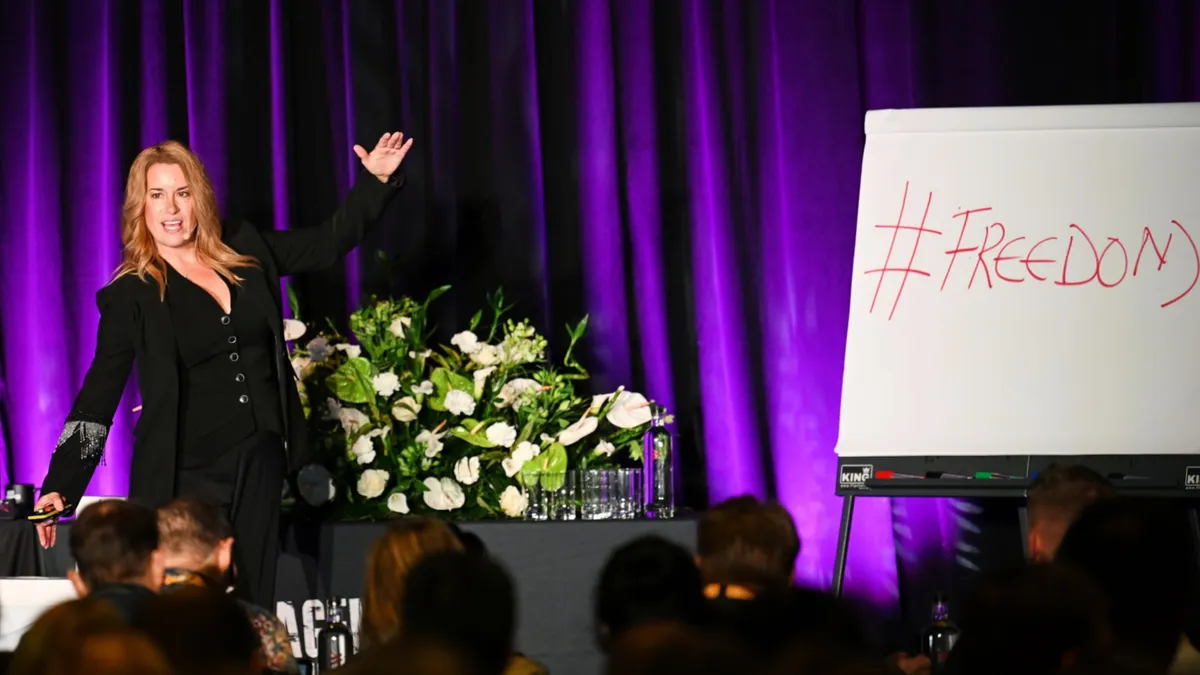Copyright thediplomat

On November 6, U.S. President Donald Trump will host the leaders of the five Central Asian states in Washington, D.C. for the first U.S.-Central Asia summit of his second term. The meeting comes at a time when supply chain resilience, critical minerals, and Eurasian connectivity are high on Washington’s agenda. For the United States, the summit offers a chance to diversify access to energy and minerals, reduce chokepoint risks along transit corridors, and expand the footprint of U.S. companies in the region. For Central Asian governments, the summit is an opportunity to raise political recognition, attract investment, and secure a more balanced relationship with global powers. What the U.S. Wants from Central Asia One of Washington’s clearest priorities is reducing dependence on China for rare earths and battery metals. Central Asia, and Kazakhstan above all, is key here. Kazakhstan supplies around 40 percent of the world’s uranium and about a quarter of U.S. uranium imports. More broadly, it accounts for more than half of the region’s GDP and three-quarters of U.S. trade with the region. Its state nuclear company, Kazatomprom, is already a key supplier for the U.S. nuclear energy and defense industries. Beyond uranium, Kazakhstan is working with U.S. partners on copper, lithium, tungsten, and rare earths. A $1.1 billion project with U.S.-based Cove Capital is developing a full value chain for rare earths, moving beyond raw material exports toward advanced processing. For the United States, such partnerships offer supply security. Washington is also looking at Kazakhstan’s role in Eurasian transit. Roughly 80 percent of all land cargo between China and Europe already passes through Kazakhstan. The Trans-Caspian International Transport Route (TITR), known as the Middle Corridor, has doubled volumes in the past two years and could reach a capacity of 10 million tons annually. By linking Central Asia to European and Middle Eastern markets via the Caspian Sea, the Middle Corridor reduces reliance on routes dominated by Russia or Iran. For the U.S., supporting infrastructure and digital modernization along this route can establish resilient, sanctions-proof alternatives that serve allied supply chains. American technology and financing in rail, port development, and customs harmonization would help embed U.S. standards and ensure that the Middle Corridor expands in ways consistent with Western commercial and security interests. Washington also wants to grow the presence of U.S. firms in Central Asia’s largest economy. Kazakhstan accounts for over 60 percent of all foreign direct investment into the region, has attracted more than $100 billion in cumulative U.S. investment, and hosts over 630 American companies. Major firms such as Chevron, ExxonMobil, PepsiCo, and Meta are already operating in Kazakhstan. Newer entrants include Wabtec, which signed a $4.2 billion agreement to produce and service next-generation locomotives in Astana. Expansion into agriculture, digital technologies, and logistics hubs would further anchor U.S. business in a region where China and Russia are already active. What Central Asia Hope to Gain From the Summit For the Central Asian states, the summit is as much about political recognition as economics. Since independence, the region has often been overshadowed by its proximity to Russia and China. Meeting as a group with the U.S. president is a signal of political balance and relevance. For Kazakhstan, which has long championed what it describes as its multivector and balanced diplomacy, the summit validates its approach of keeping open channels to all major powers while avoiding overreliance on any single one. From Astana’s perspective, its multivector policy gives it credibility in Washington, Moscow, Beijing, and Brussels alike. All the Central Asian states will be eager to attract more U.S. capital to support diversification beyond hydrocarbons. While oil and gas remain central for many of the countries in the region, both Kazakhstan and Uzbekistan, especially, are seeking American partnerships in machine-building, agribusiness, and green energy. Investment in small and medium enterprises, financial services, and logistics could broaden the economic base and reduce vulnerability to commodity cycles. Financing and technology for rail, port, and customs modernization along the Middle Corridor is another priority. The European Union has already stepped in with funding and technical assistance, for example, through its Global Gateway initiative and the recent EU-Central Asian talks on enhancing the Trans-Caspian route. But Central Asian states would welcome parallel U.S. participation to diversify partners. A third priority is technology. Kazakhstan recently launched a sweeping program of digital transformation, aiming to position itself as a regional IT hub. Nvidia, Amazon, Microsoft, Meta, and Starlink are already present in the country. Pilot projects include the creation of a Kazakh-language AI model with Meta, the expansion of satellite internet coverage through Starlink, and the rollout of cloud computing and digital finance solutions. What Kazakhstan seeks from the United States is not only continued investment from major tech firms, but also deeper partnerships in skills training, research collaboration, and regulatory know-how. Follow-through Will be Key U.S. engagement in Central Asia has often been episodic, with bursts of attention followed by long periods of neglect. For regional leaders, the key question is whether Trump’s second-term summitry will translate into sustained commitments and concrete projects, or whether it will remain largely symbolic. Similarly, Kazakhstan and its neighbors must continue to balance their ties with Washington alongside their deep economic and security links with Russia and China. This balancing act can be tricky, especially as there is no end in sight to the frozen relations between Russia and the West. Overall, the November 6 summit is an opportunity to move beyond rhetoric into practical cooperation. For the United States, it offers a chance to prove credibility in Eurasia by securing access to critical minerals, reinforcing resilient supply chains, and embedding U.S. companies in one of the world’s most dynamic transit regions. For Central Asia states, it is about attracting investment, driving economic diversification, and balancing their international partnerships. Success will ultimately depend on whether Washington delivers tangible outcomes that match Central Asia’s expectations. If it does, the summit could mark the beginning of a more strategic phase in U.S.-Central Asia relations.



